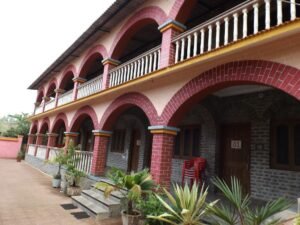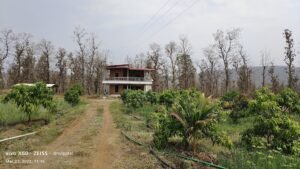I’ve spent years travelling to India’s sacred sites, watching how pilgrim flows shape local economies – and how small, smart businesses can turn a spiritual circuit into a steady, respectful livelihood. If you’re thinking of starting something near one of the 12 Jyotirlingas, you’re sitting on a remarkably resilient market: devotees come year-round, pilgrim needs are predictable, and authentic local services are always in demand.
Below I share the 12 best businesses I’ve seen (and sometimes tried) near Jyotirlinga temples – why they work, practical tips, start-up cost ranges, and where each idea fits best on the Jyotirlinga map. I write from direct experience: what sells, what tourists actually need, and how to build a reputation that lasts.
Table of Contents
1) Guesthouse / Homestay with Pilgrim Packages (Somnath, Srisailam, Rameshwaram)
I always choose a clean, hospitable place close to the temple. A guesthouse that bundles stay + simple meals + transport to the temple is gold near a Jyotirlinga.
Why it works: pilgrims value proximity and convenience – especially seniors and family groups.
What to offer: room, two vegetarian meals, temple drop/pick, and help with priest bookings. Add a small library about temple history.
Estimated start costs: ₹6–30 lakh (renovating a house into 4–8 rooms).
Profit drivers: high occupancy during festivals; premium for family rooms and early-morning pickups.
Tip: register with local tourism department, maintain clean toilets, and train staff in simple English/Hindi.
Good locations: Somnath (Gujarat) and Rameshwaram (Tamil Nadu) where pilgrims prefer doorstep services.
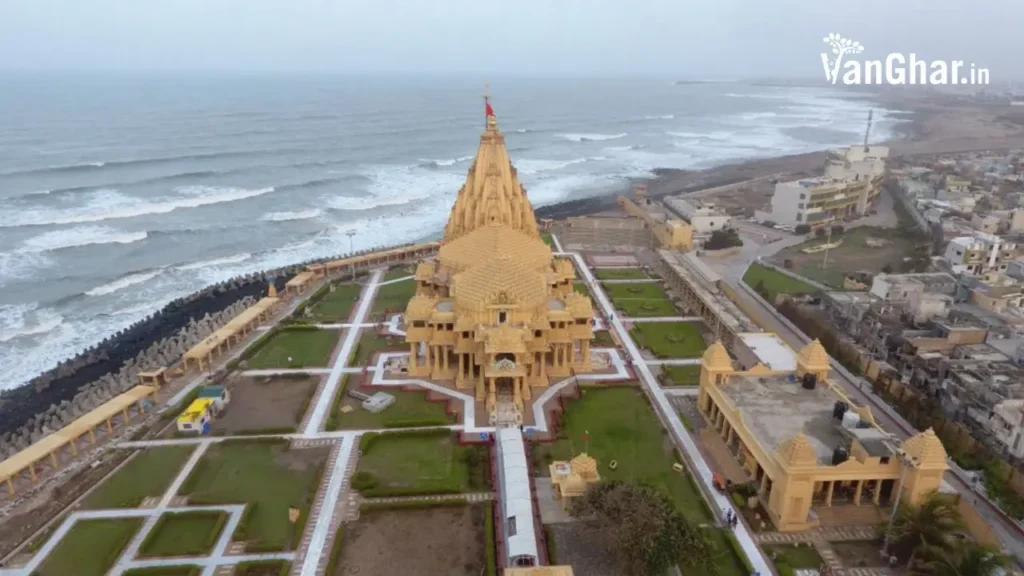
2) Local Guided Pilgrimage & Heritage Tours (Kashi (Varanasi), Ujjain)
I hire local guides whenever I want context – this business is ideal if you know temple rituals and history.
Why it works: many foreign and domestic pilgrims want guided darshan, festival explainers, or heritage walks.
What to offer: 2–4 hour temple explanation, evening Ganga/temple aarti tours, and combined city-heritage packages. Provide audio guides in English, Spanish, French.
Estimated start costs: ₹50,000–₹3 lakh (training, licensing, marketing, small office).
Profit drivers: higher rates for small private groups and foreign language guides.
Tip: get formal guide certification where required (many ASI/state bodies issue badges) and partner with travel agents.
Good locations: Kashi (Varanasi) for Ganga + temple combos; Ujjain (Mahakaleshwar) for night Bhasma Aarti connections.
3) Prasad & Eco-Packaging Production (Deoghar (Baidyanath), Kedarnath)
I never forget the prasad I get in smaller shrines – the packaging (and hygiene) matters more than you’d think.
Why it works: devotees want hygienic, well-presented prasads and souvenirs they can carry home.
What to offer: packaged local sweets, herbal offerings, and sustainable packaging (paper/bananas leaves). Add shelf-stable “temple boxes” for tourists.
Estimated start costs: ₹1–5 lakh (kitchen, packaging machinery, licenses).
Profit drivers: festival seasons; tie-ups with guesthouses and online orders.
Tip: get FSSAI (food safety) registration, promote “made at temple town” authenticity.
Good locations: Baidyanath (Deoghar) and Kedarnath (where packaged, travel-safe prasad is in high demand).
4) Pilgrim Shuttle & Vehicle Rental (Accessible Transport) (Trimbakeshwar, Bhimashankar)
I always choose a driver who knows the temple rules and the shortest routes. Accessible transport is an underrated business.
Why it works: families and elderly pilgrims need door-to-door airport/rail transfers and temple shuttles.
What to offer: shuttle services, wheelchair-friendly vehicles, multi-day driver packages, and GPS tracking for safety.
Estimated start costs: ₹4–12 lakh per vehicle (used SUV/minivan).
Profit drivers: multi-day hires and festival demand.
Tip: ensure commercial vehicle permit, insurance, and driver background checks.
Good locations: Trimbakeshwar (near Nashik) for pilgrims coming from Maharashtra, and Bhimashankar (forest approach needs reliable vehicles).
5) Ritual Arrangement & Priest (Pujari) Coordination Service (Somnath, Trimbakeshwar, Rameshwaram)
I’ve paid extra so a local organizer could arrange a smooth, respectful puja – this service removes friction for visitors.
Why it works: foreigners and busy devotees prefer a trusted local to arrange a qualified priest, flowers, and time slots.
What to offer: standard puja packages, live streaming of rituals (for relatives back home), and souvenir photo/video.
Estimated start costs: ₹50,000–₹2 lakh (network building, small office, web presence).
Profit drivers: premium packages with video and certificates.
Tip: document priest qualifications and ensure transparency for donations.
Good locations: Somnath and Trimbakeshwar, where special rites are meaningful and time-sensitive.
6) Local Handicraft & Ethical Souvenir Shop (Grishneshwar-Aurangabad, Dwarka-Nageshwar)
I prefer buying a craft that reflects a place’s culture – shops that source locally and pay artisans fairly build long loyalty.
Why it works: pilgrims and cultural tourists buy souvenirs—authentic, locally made goods sell best.
What to offer: temple-themed textiles, hand-carved icons, eco-friendly items, and “story cards” about the maker.
Estimated start costs: ₹1–6 lakh (rental + first inventory).
Profit drivers: festivals and tourist seasons.
Tip: work directly with artisans, offer customizing (names/dates), and sell on marketplace platforms too.
Good locations: Grishneshwar (near Aurangabad) and Dwarka, where craft traditions are strong.
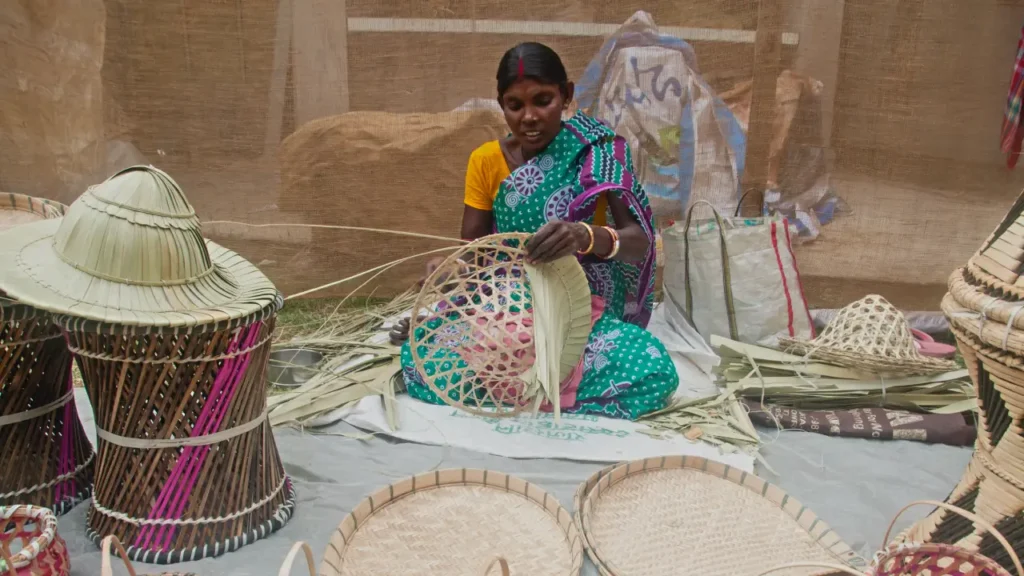
7) Health & First-Aid Centre / Ayurvedic Care (Kashi, Rameshwaram, Somnath)
I once needed a quick doctor after a long queue; a well-run clinic near temples is a peace-of-mind business.
Why it works: pilgrims often need quick remedies: dehydration, joint pain, or minor injuries after long walks. Add Ayurvedic/treatment packs for pilgrims seeking healing.
What to offer: basic clinic (first aid), physiotherapy for elderly pilgrims, Ayurvedic massages, and short detox packages.
Estimated start costs: ₹3–8 lakh (clinic set up, staff, licenses).
Profit drivers: daily footfall, tie-ups with guesthouses for referrals.
Tip: hire licensed practitioners, maintain clear pricing and medical records.
Good locations: Kashi (Varanasi) and Rameshwaram, where many international pilgrims seek traditional health care.
8) Pilgrim Photography / Memory Services (Kashi, Somnath, Rameshwaram)
I always pay for a good photo at the temple steps – memories matter.
Why it works: devotees want high-quality photos and video of special pujas and family visits. Offer on-site photography and printed souvenir books.
What to offer: instant prints, drone photography (where allowed), live streaming and editing.
Estimated start costs: ₹50,000–₹3 lakh (camera gear, printing, licenses).
Profit drivers: weddings, milestone pilgrimages, and festival groups.
Tip: check temple photography rules and offer tasteful, discrete service.
Good locations: Kashi (beautiful ghats), Somnath (seafront photos), and Rameshwaram (ocean backdrops).
9) Cultural Workshops & Local Experience Packages (Grishneshwar/Aurangabad, Srisailam)
I value hands-on experiences: a block-printing demo or simple classical music session deepens the trip.
Why it works: tourists increasingly prefer participatory experiences – learn to make temple offerings, music, or traditional crafts.
What to offer: half-day workshops (prasad making, classical music, temple art), short homestay experiences, and photography walks.
Estimated start costs: ₹50,000–₹2 lakh (materials, small studio).
Profit drivers: foreign tourists and young domestic travelers.
Tip: keep group sizes small and partner with artisans/priests.
Good locations: Grishneshwar/Aurangabad (Ellora nearby) and Srisailam (Mallikarjuna) for combined heritage + craft experiences.
10) Pilgrim Concierge App / Multi-lingual Help Desk (Kashi, Ujjain, Deoghar)
I adore apps that solve everyday pilgrim problems – one tap to book prasad, queue times, or doctor.
Why it works: tech that removes friction (darshan timing alerts, crowd estimates) scales quickly in busy temple towns.
What to offer: local directory, queue tracking, online priest booking, transport booking, and emergency contacts.
Estimated start costs: ₹3–10 lakh (app dev + local onboarding).
Profit drivers: subscription services to guesthouses and tie-ups with temple boards.
Tip: prioritize low-bandwidth interfaces and multilingual support.
Good locations: Kashi (Varanasi) and Ujjain (Mahakaleshwar) where crowd management is a challenge.
11) Eco-Farm, Organic Produce & Pilgrim Meals (Kedarnath base regions, Srisailam surroundings)
I love a fresh, local meal after a long puja – farm-to-plate gives pilgrims fresh Vegetarian options and supports local agriculture.
Why it works: temples often host vegetarian pilgrims; organic, fresh food is a selling point.
What to offer: day trips to farm, organic meal boxes for pilgrims, and seasonal produce stalls.
Estimated start costs: ₹2–10 lakh (land lease, farming setup).
Profit drivers: group meals for guesthouses, wholesale to hotels.
Tip: use local seeds and label products as “temple-town organic”.
Good locations: Kedarnath approach areas (altitude needs fresh produce) and Srisailam (rural supply).
12) Festival & Event Management (Dharshan Timing / Queue + Accommodation Coordination) – All major Jyotirlingas
I’ve seen chaotic festival days transformed by organized event companies who handle crowds, timings, and temporary hospitality.
Why it works: festivals create intense demand for crowd control, safety, and temporary lodging.
What to offer: event staffing, volunteer coordination, temporary sanitation, pop-up medical tents, and branding for temple sponsors.
Estimated start costs: ₹3–15 lakh (equipment, staff training).
Profit drivers: government/temple contracts, corporate sponsorship.
Tip: invest in safety training and local hiring to ease acceptance.
Good locations: festival hotspots like Somnath, Kedarnath (Yatra season), and Baidyanath (Deoghar).
Final Tips from My On-Ground Experience
- Respect & Compliance: temples have rules – dress codes, photography bans, and donation protocols. Build relationships with temple authorities before launching.
- Seasonality Planning: most Jyotirlingas have pilgrimage peaks (festivals, specific months). Cashflow planning must account for low seasons.
- Sustainability: pilgrims care about cleanliness. Use biodegradable packaging, reduce single-use plastics, and employ locals.
- Digital Presence: even small pilgrimage businesses benefit enormously from WhatsApp, Google Business listings, and tie-ups with online travel agents.
- Local Hiring & Training: hire from the local community; train staff in hospitality, basic English, and cultural sensitivity. That builds trust with pilgrims.
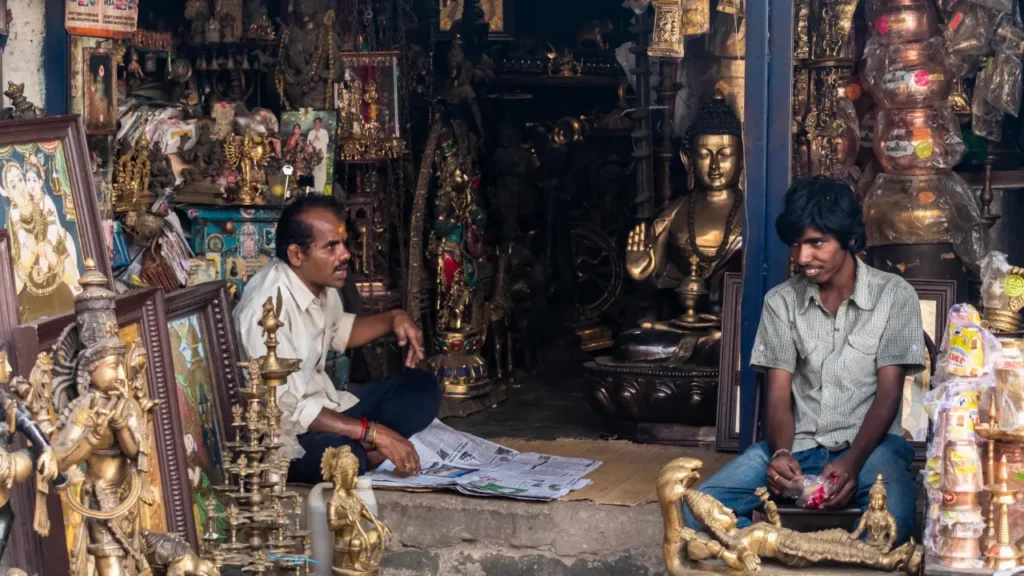
Conclusion
If I had to pick one thing I learned running small services near holy sites, it’s this: pilgrims pay for peace of mind. They will happily pay a small premium for services that save time, respect their faith, and make their family’s visit smoother. The 12 businesses I’ve described are not quick get-rich schemes; they’re community-centered enterprises that scale with trust, quality, and authenticity.
Start small, listen to pilgrims, partner with local priests and authorities, and design services that honor the place you’re operating in. If you do that, you’ll not only build a profitable business – you’ll support the spiritual journeys of thousands who visit these ancient stones and waters every year. And in my experience, there’s no profit more fulfilling than that.


